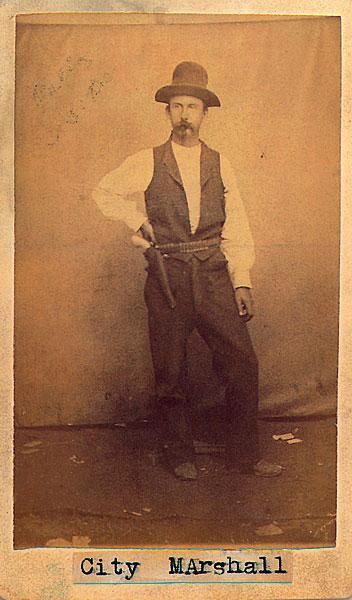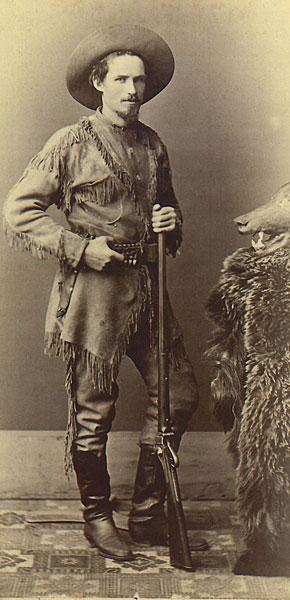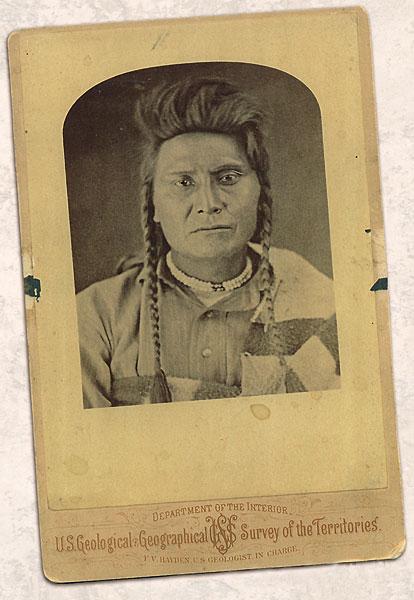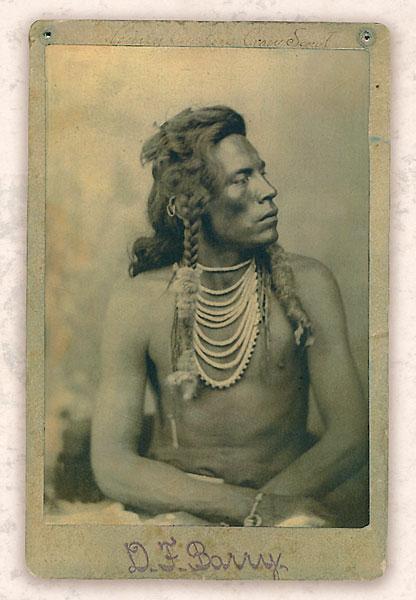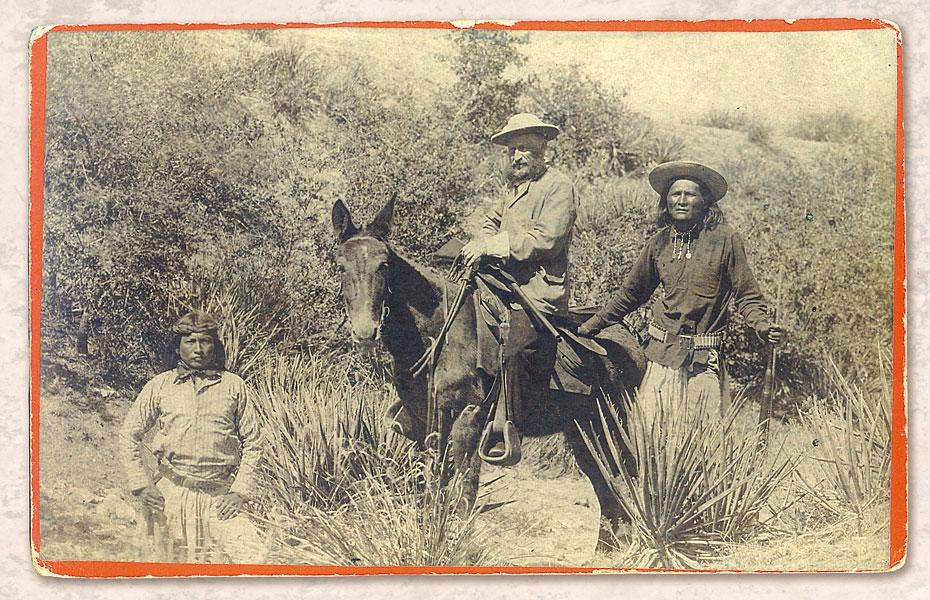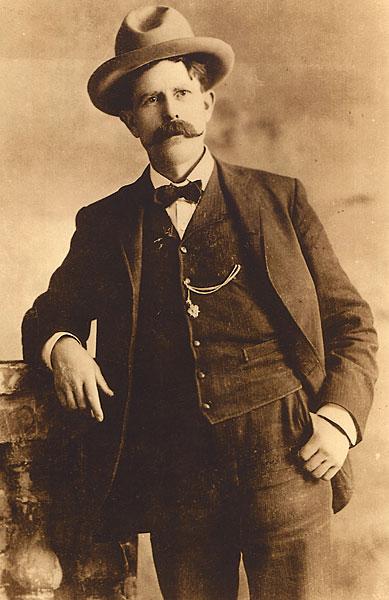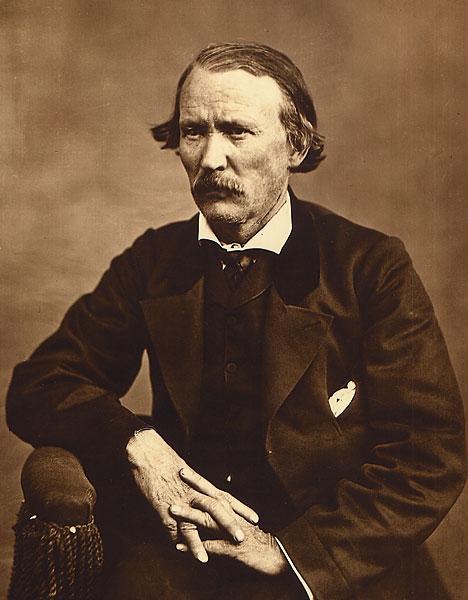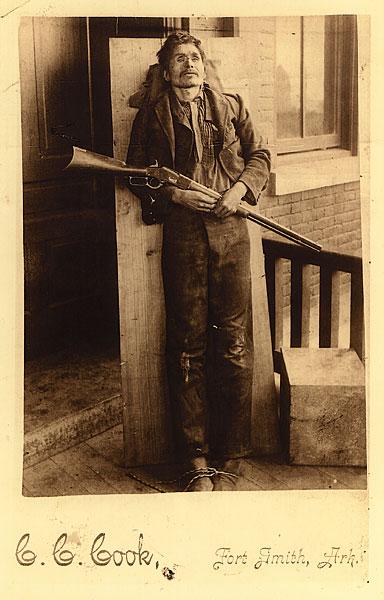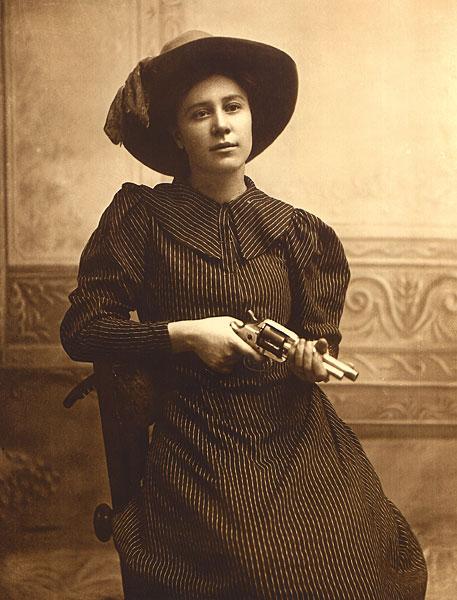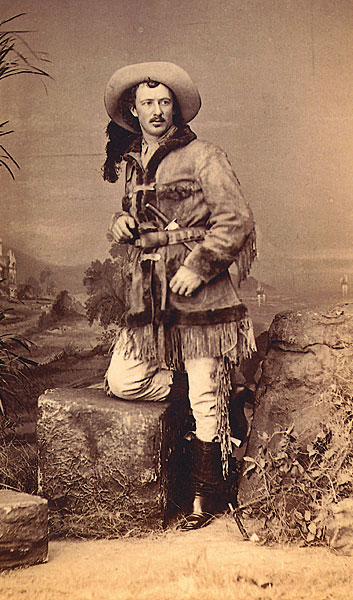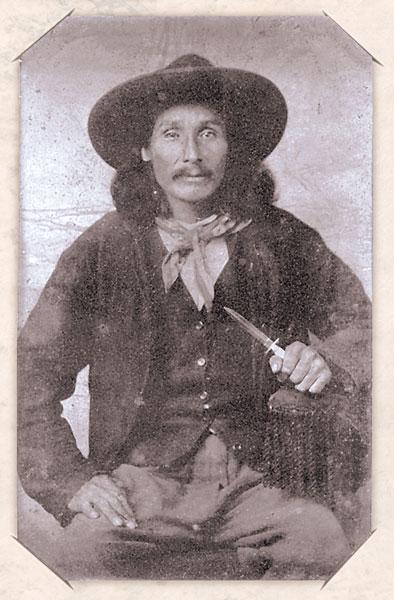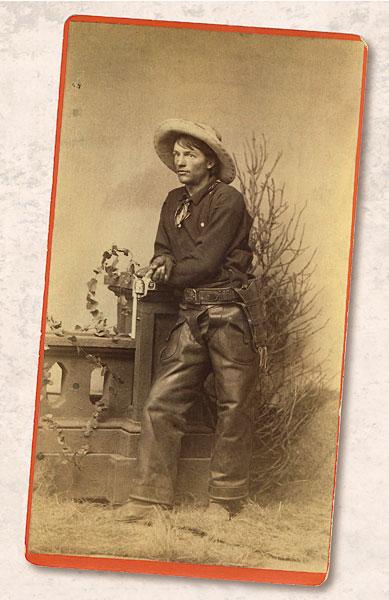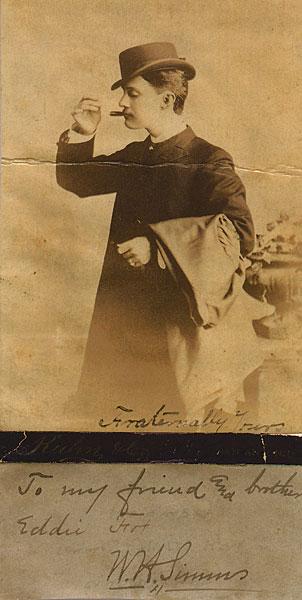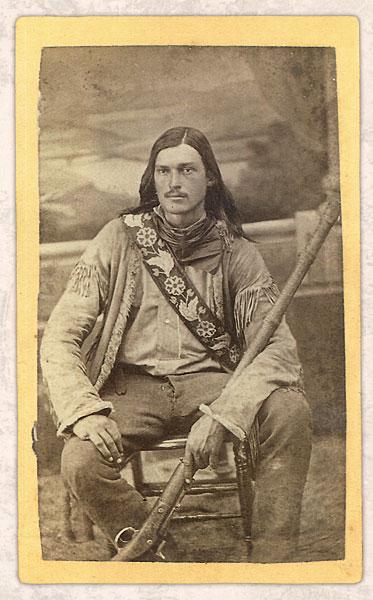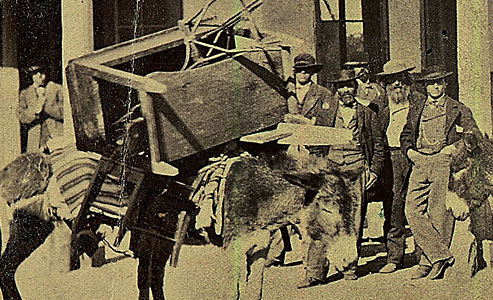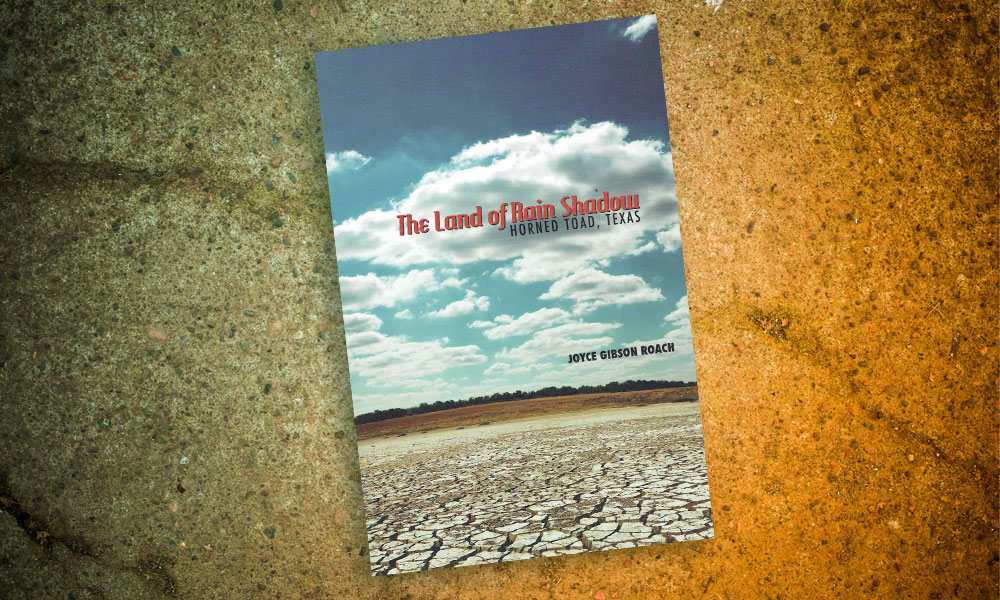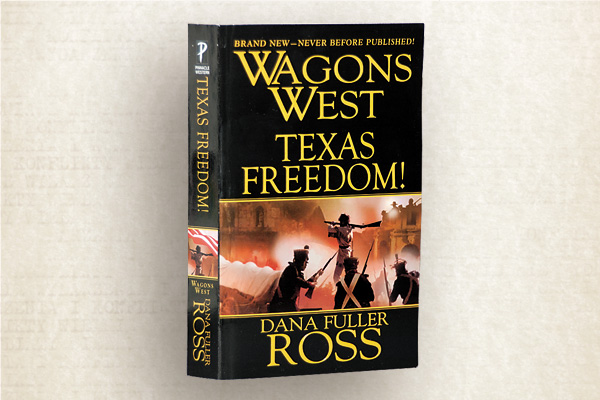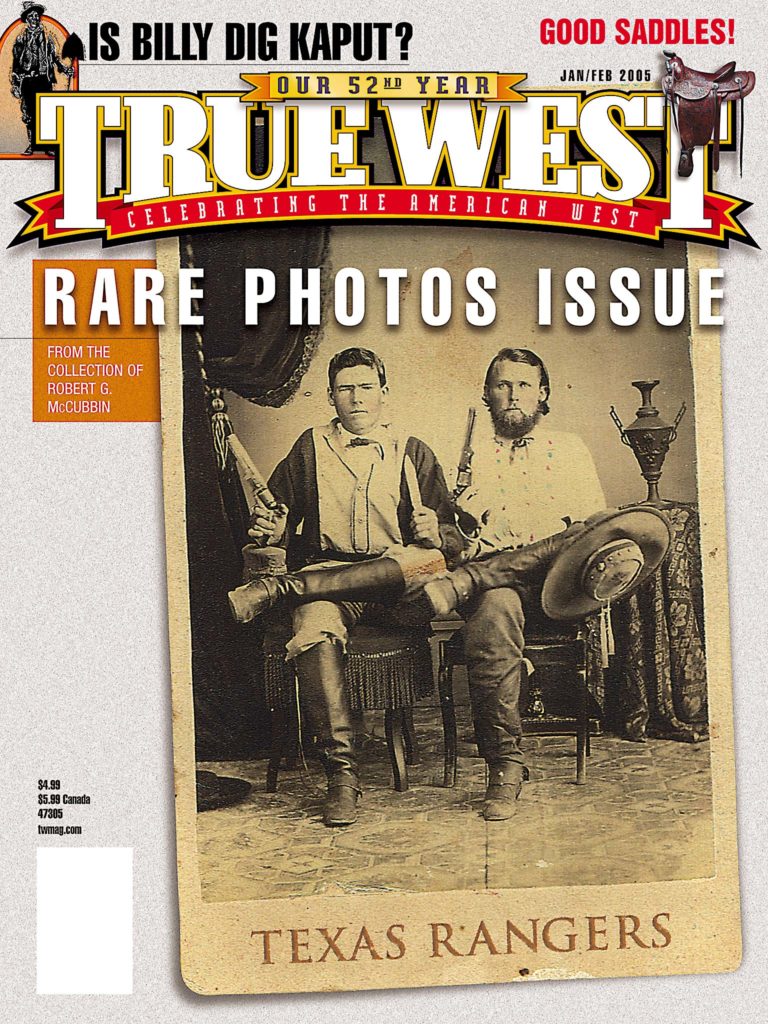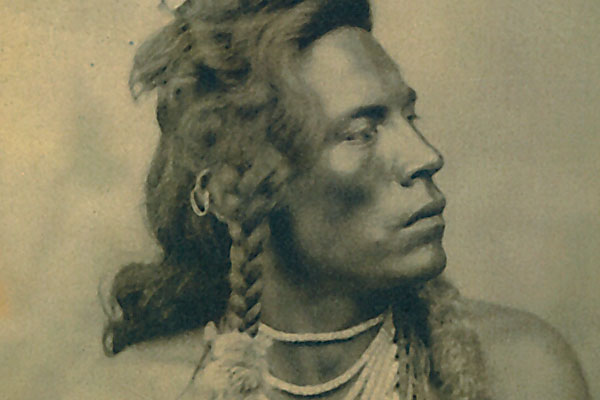 Photography became available just in time to capture most of the Westward movement of our nation.
Photography became available just in time to capture most of the Westward movement of our nation.
Although too late for the Spanish Southwest and the early explorers such as Lewis and Clark, the arrival of the daguerreotype in America in the 1840s was just in time for the second half of the 19th century in the West. Beginning with the California 49ers, there now exists a priceless photographic record of those brave, foolish, reckless, legendary souls who opened up a frontier. Many were uneducated except in the way of the wilderness. Some were lawless and ruthless, while most were hardworking and religious. Native Americans, who stood in the way of the European invaders, were inevitably doomed, but they had great leaders and fought a noble battle for their way of life. Photographs taken by pioneer photographers from William Henry Jackson to Edward S. Curtis are a wonderful, beautiful and sometimes sad record of the Western landscape and its native people.
We are fortunate that thousands of local and traveling photographers captured every aspect of Western life. In the slide show, we offer a sampling of their photographs of Native Americans, mountain men, scouts, buffalo hunters, military leaders, cowboys, gamblers, gunfighters, rangers and showmen. Some of these images are of famous, or infamous, characters, whereas others are unidentified and unknown. In future issues, we will showcase other seldom-seen or never-before-published photos of people who were a part of the Old West.
Photo Gallery
Gunfighters were a unique Western frontier product and a breed of their own—neither outlaw nor lawman but often either or both during their lifetime. This photo of Billy Brooks depicts a typical gunfighter of the 1870s, and he fit the mold: he was a lawman in Newton and Ellsworth, Kansas, a gunfighter in Dodge City—before any of those towns became “cowtowns”—and he died at the end of a rope in 1874 as a horse thief. This photo was probably taken circa 1872.
Buffalo hunting began as a business in 1870, peaked in 1872-73, and the millions of Buffalo were gone by the mid ’80s. The Buffalo hunters were most easily distinguished by their weapons—usually large caliber Sharps rifles. They had little use for the pistols so favored by the cowboys. The hunters wore buckskins like scouts and frontiersmen rather than the clothing of the cowboys. This handsome hunter posed with his Sharps in a Denver studio in 1878, perhaps before heading out on the plains.
The Nez Perce War of 1877 and the Nez Perce’s 1,200-mile march in an attempt to reach Canada, although dramatic and courageous, were unsuccessful. They did result in making Chief Joseph one of the most famous of all Indian chiefs. Legend has portrayed Chief Joseph as a war chief even though he wasn’t. But his skill as an orator cannot be denied and was greatly admired by all. He courageously worked for the freedom of the Nez Perce, but when confronted with capture, he announced, “I will fight no more forever.” Joseph was tall, handsome and stately. This rarely seen photo, perhaps previously unpublished, shows a pensive, somewhat sad Joseph. It was most likely taken circa 1880.
Curly was a handsome 17-year-old when he witnessed the fall of Custer at the Little Bighorn. As a scout for Custer, he was in close proximity to the fighting but was not engaged in it. Although he was one of the first to report what happened, he spoke no English and communicated what he saw in sign language. When word quickly spread that Curly was the “only survivor” of the battle, he became famous and his photograph was in demand. He lived until 1923, always denying that he was in the fight itself. This photograph is one of the earliest of Curly, taken shortly after the battle by D.F. Barry in Bismark, Dakota Territory.
Perhaps the most storied lawmen of the West were the Texas Rangers. Comanches, not outlaws, were the principle adversaries of the Rangers in the years immediately following the Civil War. Photos of Texas Rangers taken prior to 1870 are rare. This one of James Thomas Bird (left) and John J. Haynes was taken in 1868 and shows the young Indian fighters outfitted more like Civil War guerrillas than the later Texas cowboys.
George Crook was the army’s pre-eminent Indian fighter during the Indian Wars, serving all across the West from California to Montana to Arizona. He was effective but not spectacular or flamboyant. Here Crook is pictured in Arizona in 1886 with two Apache scouts, Dutchy and Alchesay, and his favorite mule, Apache. Would Custer have dressed the way Crook is dressed? Or have ridden a mule?
There were many lawmen in the West who gained fame in their days, including Pat Garrett, Bat Masterson and Heck Thomas. Joe LeFors was made famous as the persistent lawman in the white hat in the movie Butch Cassidy and the Sundance Kid, referenced by the oft-repeated line: “Who is that guy?” “That guy” was LeFors. Although he did pursue the Wild Bunch, his most famous exploit was tricking Tom Horn into a confession, which led Horn to being hanged. LeFors lived to old age and wrote a manuscript about his life.
The earliest of the Western frontiersmen were the explorers and the mountain men or trappers. Since this period was generally from 1800 to 1840, the camera was not around to capture these individuals until old age. Kit Carson was a mountain man, scout and military leader. He caught the American imagination early, primarily because of his association with explorer John Fremont. Carson lived until 1868 and this photo, taken shortly before he died, reveals the character of this modest and deservedly admired man.
Ned Christie was not your typical bank- and train-robbing outlaw. He was a Cherokee whose crime was “running whiskey” and possibly horse theft. His notoriety came from the fight he waged against the lawmen trying to arrest him. As can be seen from this photo, he eventually lost, being gunned down in his fortified home on a mountaintop near Tahlequah, Cherokee Nation, in 1892. By the 1890s, photos such as these were often taken of dead outlaws, almost as if they were “trophies.”
Rose Dunn was guilty only of liking the company of outlaws. She was real (some have doubted she existed), and she became known as Rose of Cimarron when she was but 15 years old. There is controversy regarding the role she played in the big battle between lawmen and outlaws in Ingalls, Oklahoma Territory, in 1895. This photo is also questioned, some saying it was made by Bill Tilghman, sheriff of Oklahoma’s Lincoln County, for his 1915 movie, Passing of the Oklahoma Outlaws. But that cannot be. The photo is definitely from the 1890s.
Much of the interest in the Old West was originally generated by the frontier characters who became showmen and carried the romance of the West all through this country and over to Europe. Texas Jack Omohundro was a genuine frontier scout before he joined Buffalo Bill Cody on the stage. It is said they were lousy actors, but they sure looked good! This photo shows us what the audiences saw onstage. You can see why they loved them, even if they could not act.
Some photos of the Old West are just interesting and curious. In this circa 1870 tintype, the unidentified Cherokee, one of the so-called Five Civilized Tribes relocated to Indian Territory, is wearing “civilized” (white man’s) clothing, which his people had adopted by that time. He proudly brandishes a gold tinted knife. One wonders the significance.
The cowboy is one of the favorite characters of the Old West, but few individual cowboys became famous. They were proud of what they did and often posed for studio photos, decked out in their favorite outfit. This unidentified cowboy is typical of his kind and obviously genuine, wearing boots, chaps, a great gun belt and holster, bandanna and fantastic hat, while proudly displaying his Colt Single Action. The photo probably dates from the 1880s.
Gamblers considered themselves the elite of frontier society. They were a troublemaking group that included many notorious gunfighters. This autographed photo of Billy Simms, a typical gambler dandy, was presented to vaudeville performer Eddie Fox at the Jack Harris Saloon and Vaudeville Theater in San Antonio. Gunfighter Ben Thompson also gave Fox an autographed photo in 1879. Thompson killed Jack Harris in 1882 and was in turn killed in 1884 in the same theater by Simms. Yes, gamblers were a rowdy bunch.
Scouts were the first frontiersmen to be popularized in story and onstage. They were some of the most flamboyant of all the Old West characters. The most famous was Buffalo Bill Cody, whose first stage show was Scouts of the Prairie in 1872. Luther Kelly was a typical scout, and like most, he had a colorful nickname: “Yellowstone” Kelly. Among his many experiences in the West was his role as chief of scouts for Gen. Nelson A. Miles. This photo, taken early in his long career, shows him to be as “stage-worthy” as Buffalo Bill and Texas Jack Omohundro.


